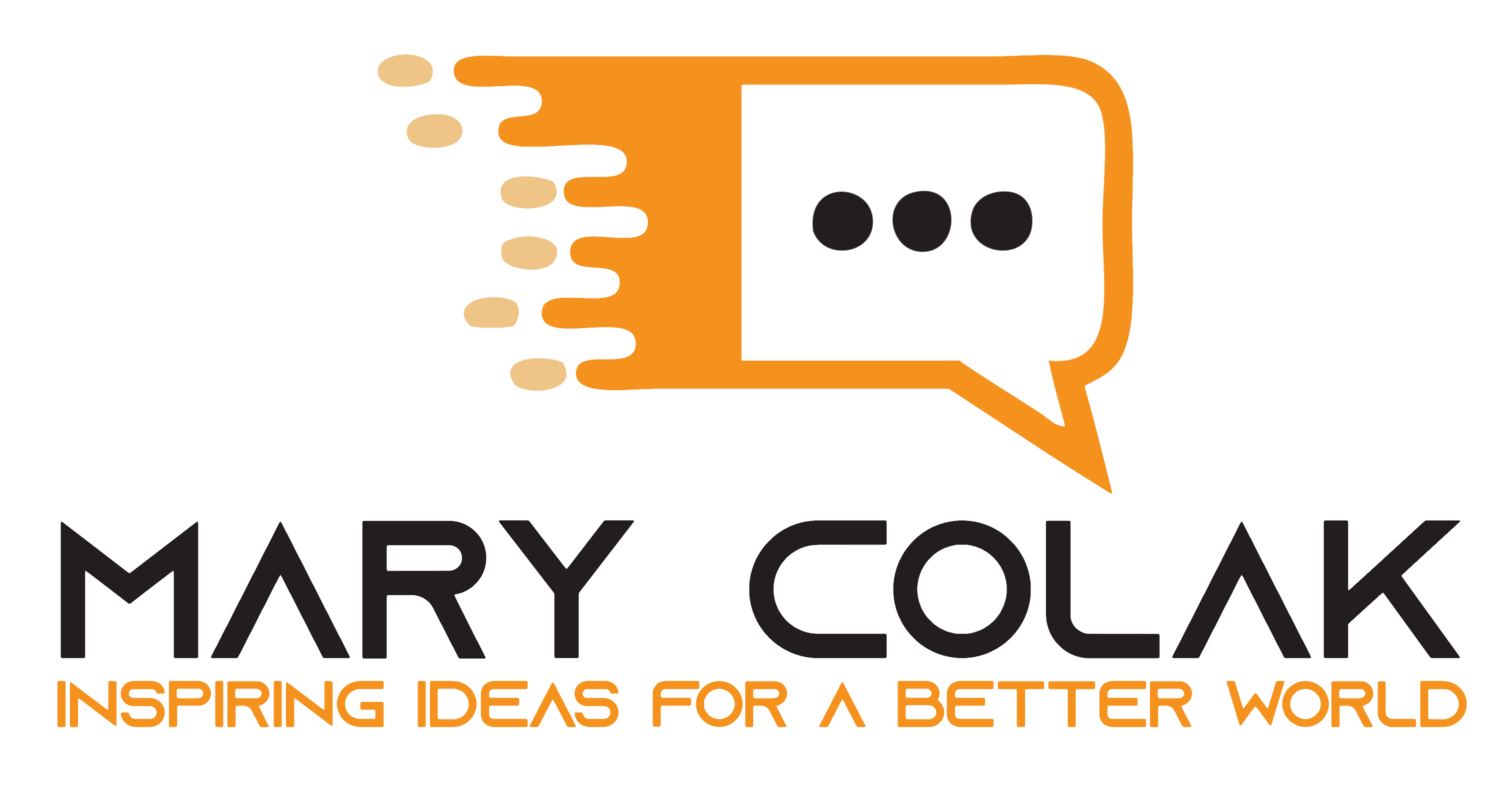Lessons learned, successful solutions
Lessons Learned
After your organization implements a project, does the project owner engage the team in a project debrief? If not, then your organization can be losing out on valuable lessons. Learning from project debriefs results in improvements in future projects.
A project debrief consists of answering two questions: (1) What worked well during this project (or what went right), and (2) What could have been improved (or what went wrong)?
Answers to the first question highlight best practices and proven solutions for reuse on subsequent projects or implemented into operations. Answers to the second question provide an opportunity to learn from mistakes. By sharing information about things that did not work well during the current project, the organization can reduce or eliminate these things on subsequent projects.
There are five topics that should be included in every project review. They include:
Adequacy - how "adequate" were the project's personnel, time, equipment and money?
Goals - were the project's goals met including financial goals and defined project process?
Project tracking - how well was the project tracked, especially in terms of milestones, communication plans, timeliness of key decisions and status reporting?
Team performance - how well did the team perform together (what were the behavioural styles), how well did the team progress through phases of team development and how was the team recognized for their efforts on the project?
Effectiveness of actions - how accurate was the deliverable? Was it timely? Was the deliverable based on assumptions or factual data? What tools were used to ensure that proposed actions will represent an improvement over baseline?
Ultimately, the goal of lessons learned is to sustain the project's gains. Sometimes iterations may be required to improve a process, but as long as the organization is continuously moving toward improvement, then the project's efforts will result in positive gains.
Successful Solutions
You may have heard that money isn't everything. While that may be true, organizations that are not making money soon go out of business. Whether your organization thrives or fails really depends on where it focuses its energy; and on how well it manages its money.
Focusing on the right stuff means spending even more time on things that the organization is doing well. It also means spending sufficient time on improving things that may be hurting the business.
For example, if your customers love doing business with you, find out what it is that they love and keep doing more of that. But if your competition is more profitable, find out what your organization can do better to beat the competition - are your prices too low/too high, are your product or service offerings limiting the company's growth, is your organization adequately staffed, and so on?
One of the best ways to help your organization focus on implementing desired solutions is to conduct research through a comprehensive assessment of your current state before deciding on what new products or services to implement.
When implementing solutions, there are four phases to consider:
Design phase. This phase identifies goals for the project. It is also called the planning phase. Items covered in this phase include identifying pilot areas, how long pilots will run, and team members. Considerations for the design phase include developing contingency plans to minimize risk. This phase requires capturing information about things that work well and things needing improvement.
Pilot phase. This should be a small scale implementation that is easily reversible if it does not work as planned. Increased employee involvement is important and desired in this phase.
Implementation phase. This is the phase that sees a fully implemented solution. It is also an opportunity to debug and fine tune the process. Training for all staff is mandatory during this phase.
Sustain and improve phase. When your solution is implemented, identify key input, process and output metrics (i.e., how will you measure success?). Conduct weekly and monthly reviews to ensure your solution is sustainable. Improve where necessary. Also, keep employees involved.
Most newly-implemented solutions do not do well in the fourth phase (sustain) due to overconfidence of successful implementation. However, the fourth phase is critical to ensuring long-term success of the gains.
Other pitfalls of solutions include failure to pilot the chosen solution on a small scale before full scale implementation. "Big bang" is not always the best approach. Only a pilot study can help increase chances for success and minimize risk.


